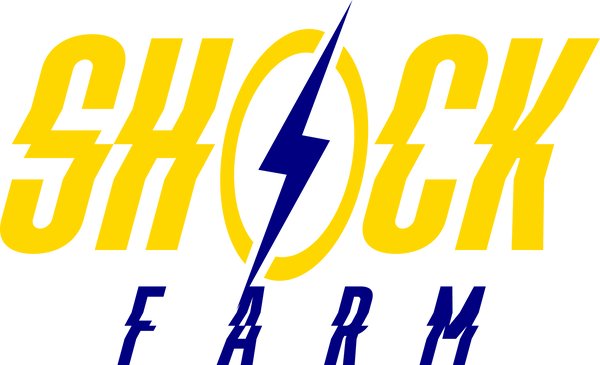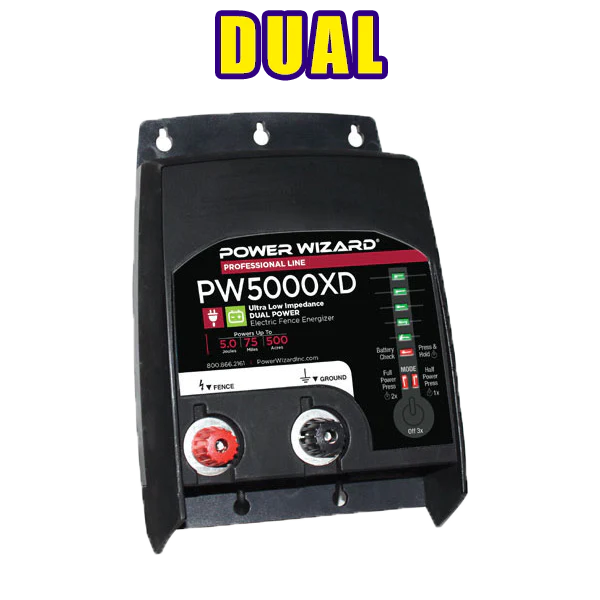When it comes to electric fences, understanding the difference between stored joules and output joules is crucial for assessing performance and effectiveness. In this comprehensive blog post, we'll delve into the scientific details and provide references to help you grasp the concepts of stored joules and output joules in relation to fence chargers and energizers. By gaining a deeper understanding of these terms, you'll be better equipped to make informed decisions about your electric fence system.
Stored Joules and Output Joules: Explained in Detail In an electric fence energizer, stored joules refer to the electrical energy stored in the capacitor, acting as a storage tank. This energy accumulates until it reaches a predetermined level. At this point, it discharges into the transformer, which amplifies the voltage while reducing the amperage (amps). This transformation ensures a safe electrical shock is transmitted through the fence. It's essential to note that amperage plays a critical role in determining the intensity and potential danger of the shock.
However, transformers are not 100-percent efficient in this conversion process. Typically, electric fence charger transformers operate at an efficiency range of 60 to 75 percent. This means that the joules of stored energy in the capacitor will not align with the joules transmitted by the transformer. For example, if you measure 10 joules of stored energy in the capacitor, the transformer's 60 percent efficiency will yield only 6 joules as output.
Calculating Output Joules: To determine the actual output joules, it is necessary to multiply the stored joules by the transformer's efficiency rating. Using the example above, the calculation would be 10 joules x 0.60 efficiency, resulting in 6 joules as the output.
Importance of Output Joules and Avoiding Deceptive Marketing: It is crucial to emphasize the significance of output joules when assessing the performance of an energizer. Some manufacturers deceive customers by prominently highlighting high stored joule ratings while neglecting to mention the loss of efficiency and providing output joule ratings. This marketing tactic can mislead customers who are unaware of the difference between stored joules and output joules.
Understanding the difference between stored joules and output joules is crucial when assessing the performance of electric fence energizers. Avoid being misled by deceptive marketing tactics that focus solely on stored joules. Instead, prioritize the output joules, which represent the actual energy delivered to your electric fence system. By selecting an energizer that provides accurate output joule ratings, you can ensure the safety and effectiveness of your electric fence. Remember to consult reputable sources and seek expert advice to make informed decisions about your electric fence system.





1 comment
I brought the 24 joule energizer from Kencove Farm Fence about 10 years ago. It held up very well and puts out a charge over 8000 volts even in the spring with over grown grass. We have about 18000 ft of 4 wire fence. It came with a remote that will not turn the fence on and off when you are just a few thousand ft from the energizer and if my feet were wet I would get a shock from it. Very happy with energizer. Remote just junk.